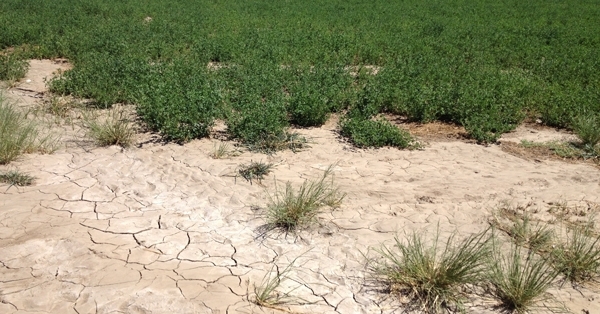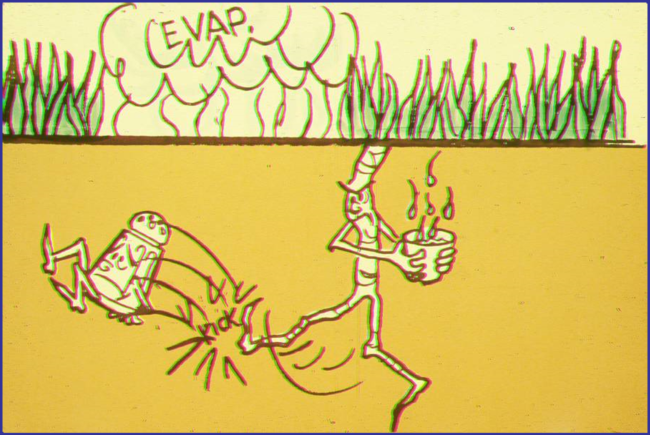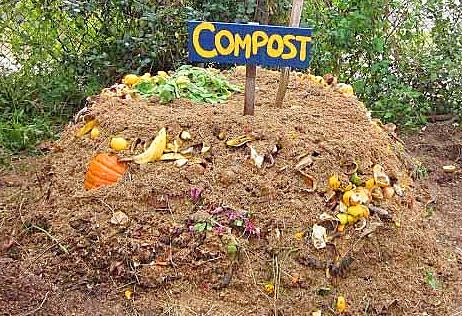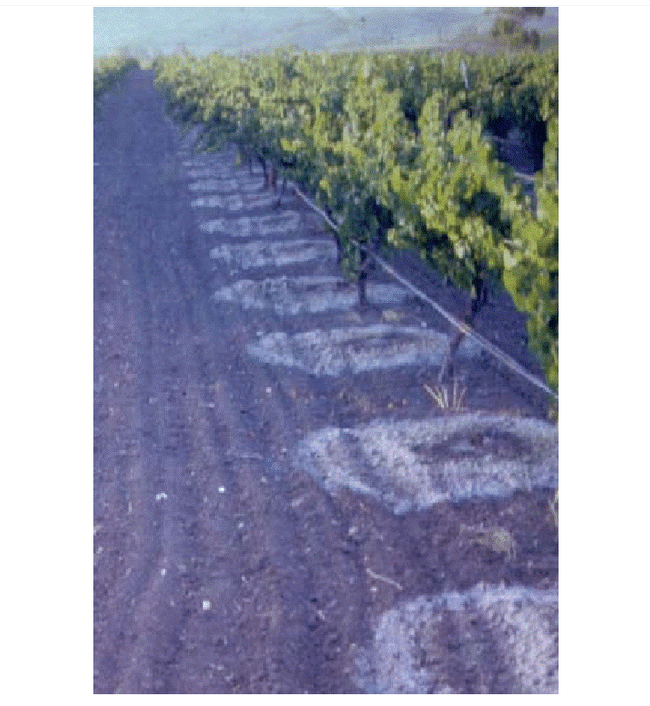Can compost help me with my salt problems?
Increasing soil salinity poses an existential threat to agriculture in many parts of California. Due to decades of irrigation and low rainfall, areas like the Central Valley suffer from increasing salinity in both their soils and their groundwater, resulting in diminished crop yields and contaminated drinking water.
According to the nonprofit Central Valley Salinity Alternatives for Long Term Sustainability, the Central Valley has already lost 250,000 acres of farmland to salinity problems. Another 1.5 million acres remain in production but suffer decreased yields due to the negative effects of salinity (CV SALTS, 2017). Like us, plants do not appreciate salty drinking water. Most of them can't thrive if the sodium levels in the soil are too high.

However, this area still produces many of the agricultural products upon which we depend, like nuts, fruits, and vegetables. In order to continue farming, producers in these areas must continue to improve their farming practices. One possible way is by applying compost. This can help to mitigate the terrible effects of soil salinity on crop and soil health.
Scientists have studied the use of organic amendments like municipal solid waste as a means of combating soil salinity since the 1980s and ‘90s. In 1994, Israeli researchers reported that not only did applying municipal solid waste compost improve soil stability and plant growth, but also that amending saline soil withboth compost and gypsum increased yields to the level expected from a normal, non-saline field (Avnimelech et al, 1994).
In 2011, scientists in India published their results after 15 years of treating sodic water irrigation with gypsum, farmyard manure, green manure, and wheat straw. The high sodium water they applied caused the soil structure to disintegrate and the water infiltration rate to plummet. However, the organic amendments all mitigated those effects to varying extents. Farmers thus can add both organic amendments and gypsum in order to improve the yield of their salty soils (Choudhary et al, 2011).
So, if you've got salty soil or irrigation water and gypsum alone isn't enough, then applying compost could be another salt-fighting tool to add to your toolbox.
Plus, the California Department of Food and Agriculture will help pay for it through the Healthy Soils Program.
The most recent round of solicitations closed in March 2019, but keep an eye out for future announcements. In the meantime, check out the UCANR climate smart ag page.
Reach out to your closest Community Education Specialist II with any questions and for help applying for the program.
References
- Avnimelech, Y., Shkedy, D., Kochva, M., & Yotal, Y. (1994). The use of compost for the reclamation of saline and alkaline soils. Compost Science & Utilization, 2(3), 6-11.
- Central Valley Salinity Alternatives for Long-term Sustainability. (2017). CV Salts [pdf]. Retrieved fromhttps://www.cvsalinity.org/docs/committee-document/pubic-education-and-outreach-docs/3963-outreachbrochure-high-resolutionenglish-revised-82718/file.html
- Choudhary, O. P., Ghuman, B. S., Thuy, N., & Buresh, R. J. (2011). Effects of long-term use of sodic water irrigation, amendments and crop residues on soil properties and crop yields in rice–wheat cropping system in a calcareous soil. Field Crops Research, 121(3), 363-372.
- Diacono, M., & Montemurro, F. (2015). Effectiveness of organic wastes as fertilizers and amendments in salt-affected soils. Agriculture, 5(2), 221-230.
- Rao, D. L. N., & Pathak, H. (1996). Ameliorative influence of organic matter on biological activity of salt-affected soils. Arid Land Research and Management, 10(4), 311-319.


